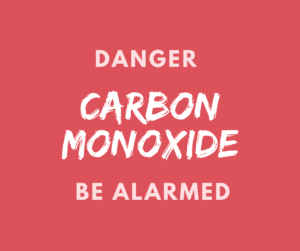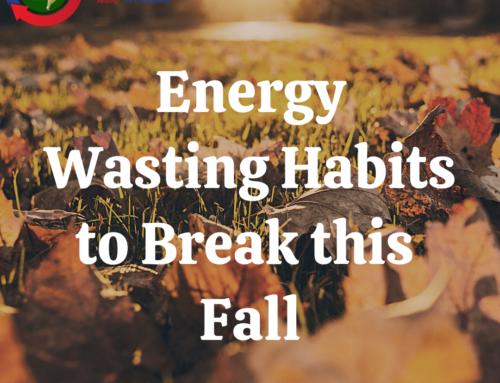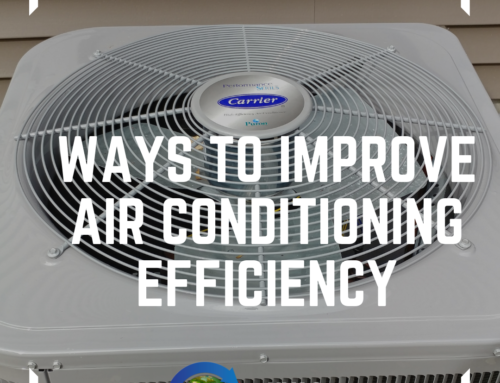 Autumn is the time of greatest risk of accidental poisoning because people are firing up their gas furnaces, boilers, wood stoves, space heaters, and other seasonal combustion appliances for the first time in six months or more. Everything may appear to operate fine. Things may appear safe. But carbon monoxide is insidious. You cannot see it, smell it, or taste it. It is particularly dangerous to unborn children, babies, and small infants.
Autumn is the time of greatest risk of accidental poisoning because people are firing up their gas furnaces, boilers, wood stoves, space heaters, and other seasonal combustion appliances for the first time in six months or more. Everything may appear to operate fine. Things may appear safe. But carbon monoxide is insidious. You cannot see it, smell it, or taste it. It is particularly dangerous to unborn children, babies, and small infants.
Older furnaces relied on a natural draft, which is the tendency of warm air to rise to vent carbon monoxide and other combustion by-products safely outdoors. Problems occur when leaks are present. If the vent pipes are jarred loose, leaks occur. With metal constantly being heated to high temperatures, there is a potential for metal fatigue in the heat section resulting in cracks. The combustion gases themselves can condense in the chimney under certain conditions corroding the metal, causing leaks.
Visible Indicators
Visible indicators of a potential carbon monoxide leak include rust or water streaks on your furnace vent or chimney, a furnace panel that’s loose or missing, soot or debris in or around your furnace, loose or disconnected vent pipes, loose masonry on masonry chimneys, and moisture inside of your windows. If any of these signs are present, get a professional to perform an inspection immediately!
Invisible Problems
While you can observe these visible signs, you cannot assess whether there is internal damage to your equipment, malfunctioning components, or hidden blockage or damage in the vent or chimney. It is critically important to have a professional perform a safety check on your furnace at the start each heating season. This is uniformly recommended. Usually, it is done as part of seasonal maintenance work on your furnace, which includes tuning the burners for maximum efficiency, adjusting the blower, cleaning and adjusting the pilot assembly, checking the gas pressure, ensuring the thermocouple is correctly positioned, setting visible dampers for heating season, calibrating the thermostat and setting the heat anticipator, replacing or cleaning the filter, and a variety of other tests and seasonal adjustments.
Backdrafting
Under certain conditions, it’s also possible for your house to depressurize. When the pressure in your house is lower than the atmospheric pressure outside, flue gases can backdraft into your home. When you feel a draft coming from an unused fireplace, for example, your home is depressurized.
Newer, modern gas furnaces and appliances are more efficient and thus release less waste heat. Because the heat is insufficient to create a natural draft to push out the combustion by-products, the furnaces and boilers have power vents and sealed combustion systems. They draw their combustion air from outside the home and use an extra fan to exhaust the combustion gases. The chance of a carbon monoxide spillage from backdrafting is dramatically less with these furnaces.
Symptoms Of Carbon Monoxide Poisoning
The signs of carbon monoxide poisoning are severe headaches, dizziness, confusion, nausea, and/or faintness. If moderate levels of carbon monoxide that are capable of creating these symptoms persist, death is a possibility. The signs of low levels of carbon monoxide poisoning are shortness of breath, mild nausea, and mild headaches.
These are similar symptoms to the flu, causing some to mistake carbon monoxide poisoning with normal illnesses. If the symptoms occur when you’re home, disappear or decrease when you leave home, and come back when you return home, this is a sign that you might be experiencing carbon monoxide poisoning, and not the flu. If others in your household are experiencing similar symptoms at the same time, this is also an indicator that you might be experiencing carbon monoxide poisoning.
For healthy adults, carbon monoxide becomes toxic when it reaches a level higher than 35 ppm (parts per million) with continuous exposure over an 8-hour period. This is the maximum exposure tolerated by OSHA.
Mild exposure over 2-3 hours (a carbon monoxide level between 35 ppm and 200 ppm) will produce dizziness, drowsiness, and vomiting in as little as 1 hour. This level of exposure is deemed to be life threatening once three hours have passed. Extreme exposure (800 ppm and higher) will lead to unconsciousness, brain damage, and death in as little as a few minutes. Infants and people with heart conditions are more susceptible to carbon monoxide poisoning than healthy adults.
Take Action Immediately
If you suspect carbon monoxide poisoning, open doors and windows, turn off the combustion appliances, and leave the home. Go to an emergency room and tell the doctor you suspect carbon monoxide poisoning. A blood test administered soon after the exposure to carbon monoxide can provide confirmation.
Carbon Monoxide Detectors
Carbon monoxide detectors are an excellent back up, but they do not replace the need to have your furnace checked regularly. Yet, a carbon monoxide detector is a small investment for the peace of mind it provides.
Make sure your family knows the warning signs and what to do to prevent a carbon monoxide nightmare.
Source: www.serviceroundtable.com






